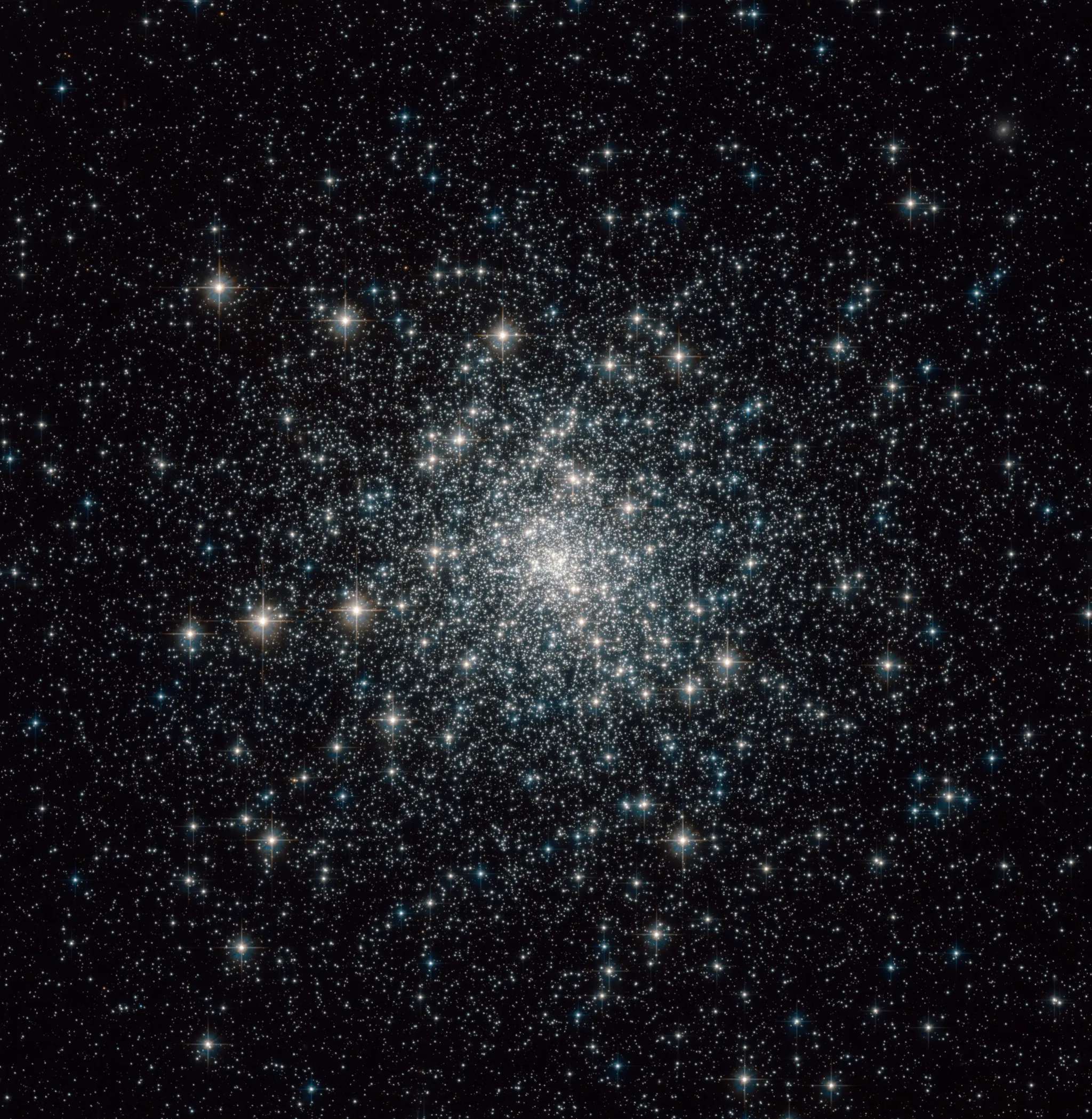M30 | NGC 7099 | Globular Cluster | Capricornus | 27,100 Light Years Away
Messier 30 is a globular cluster located in the constellation Capricornus, discovered by Charles Messier in 1764. Positioned around 27,000 light-years away from Earth, this spherical congregation of stars is part of the Milky Way galaxy. With a diameter of about 90 light-years, Messier 30 contains a significant population of stars, estimated to be in the order of tens of thousands, all gravitationally bound together.
The stars within Messier 30 are densely packed towards its central region, forming a luminous core that contributes to the overall brightness of the cluster. Globular clusters like Messier 30 are typically composed of older stars, and the study of their properties provides astronomers with valuable information about the early stages of galaxy formation. Observations of Messier 30 have been conducted across various wavelengths, contributing to our understanding of the dynamics, structure, and evolution of globular clusters within the Milky Way.
Despite its relative faintness compared to other celestial objects, Messier 30 remains an intriguing target for astronomers studying the Milky Way’s structure and history. The analysis of globular clusters like Messier 30 contributes to our understanding of the broader astrophysical processes that have shaped the Milky Way over billions of years. The study of these ancient stellar communities provides valuable insights into the conditions prevailing during the early epochs of our galaxy’s existence.

